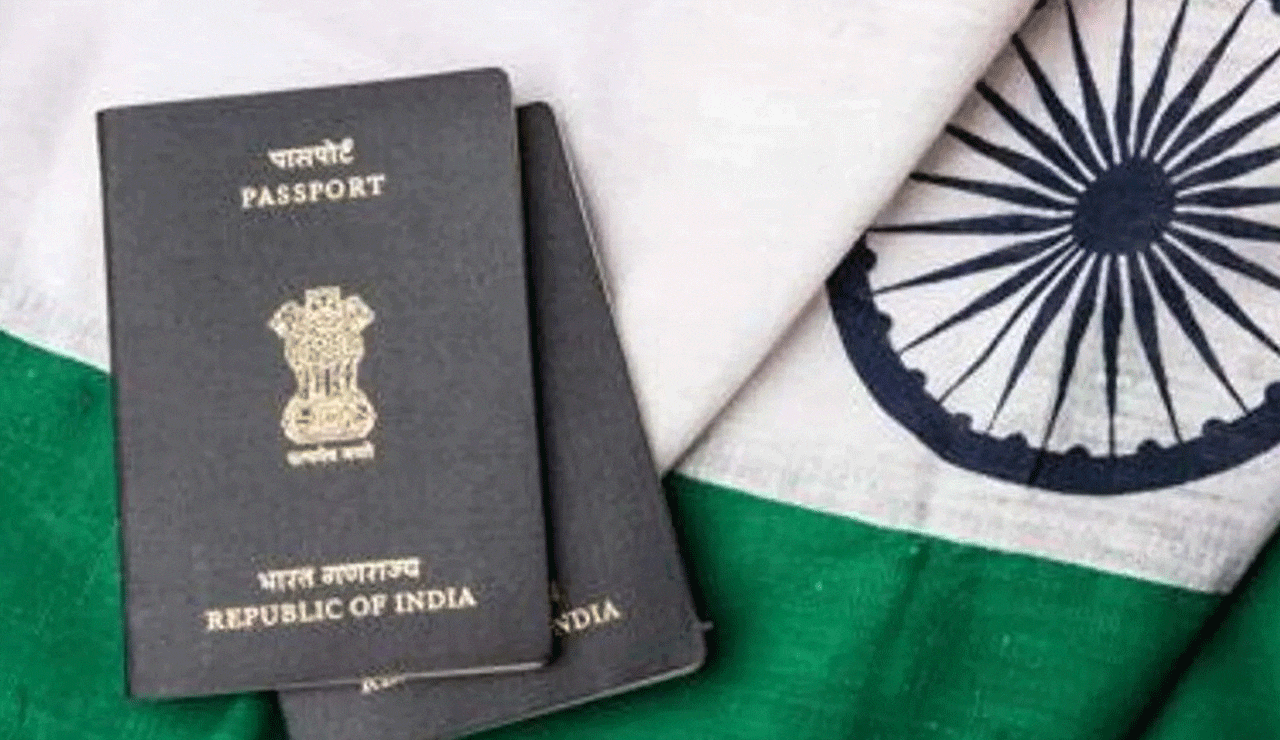New e-Passports in India Offer Biometric Security — Here’s What You Need to Know Before Applying
India has officially launched the phased rollout of RFID-enabled ePassports, marking a major leap forward in travel document security and efficiency.

New Delhi: India has officially launched the phased rollout of RFID-enabled ePassports, marking a major leap forward in travel document security and efficiency. The initiative places India alongside over 120 countries, including the US, Canada, France, Japan, and Australia, that have already adopted biometric passport systems.
Table of Contents
What Is an ePassport?
An ePassport, also known as a biometric passport, includes an embedded electronic chip and antenna beneath the gold-coloured logo on its navy-blue cover. This chip securely stores digitally signed personal and biometric information, enabling swift and tamper-proof verification at global immigration checkpoints.
Also Read: IPL 2025: Loss against SRH could push GT to third or fourth, says Bangar
Key Features of India’s ePassport
Enhanced Data Security
The ePassport features dual layers of protection — printed and encrypted data stored securely in a chip, safeguarded by Public Key Infrastructure (PKI).
ICAO Compliance
India’s ePassport adheres to International Civil Aviation Organization (ICAO) Doc 9303 standards, offering:
- Basic Access Control (BAC)
- Passive Authentication (PA)
- Extended Access Control (EAC) for biometric fingerprint verification
Faster Immigration Processing
With contactless e-gates, immigration procedures become faster, significantly reducing wait times and human error.
Advanced Fraud Prevention
Multi-layered encryption, micro-text, and holograms make the new passports extremely difficult to forge, ensuring greater national security.
How to Apply for an ePassport in India: Step-by-Step Guide
Step 1: Register on Passport Seva Portal
Visit passportindia.gov.in, click “Register Now,” and create a new user account.
Step 2: Choose the Passport Service
Log in and select “Apply for Fresh Passport/Re-issue of Passport.” First-time applicants should choose “Fresh Issuance.”
Step 3: Fill Out the Application Form
Provide accurate personal information and submit the form. Save it for the next step.
Step 4: Pay and Schedule Your Appointment
Click “Pay and Schedule Appointment” under your submitted applications. Choose a PSK, POPSK, or Post Office center and confirm your slot through mandatory online payment.
Step 5: Print Appointment Receipt
Download and print your receipt containing your Application Reference Number (ARN). You’ll also receive an SMS confirmation.
Step 6: Visit the Passport Office
On your scheduled day, go to the selected center with original documents and your receipt. Officials will collect your biometric data and verify your documents. Upon successful processing, your ePassport will be issued and dispatched to your registered address.
National Security and Digital Governance Boost
This move strengthens border security by integrating real-time watch-list monitoring. It also aligns with India’s broader Digital India initiative, promoting paperless documentation and digital identity verification.
Do Existing Passport Holders Need to Upgrade?
No. Traditional passports remain valid until expiration. The ePassport is currently an optional upgrade, and citizens are under no obligation to transition immediately.
What’s Next for ePassport Rollout in India?
The ePassport launch marks the beginning of India’s transition to modern, tech-enabled travel documentation. As adoption increases, the government anticipates faster international travel processing, better security, and more streamlined public services for all Indian citizens.
